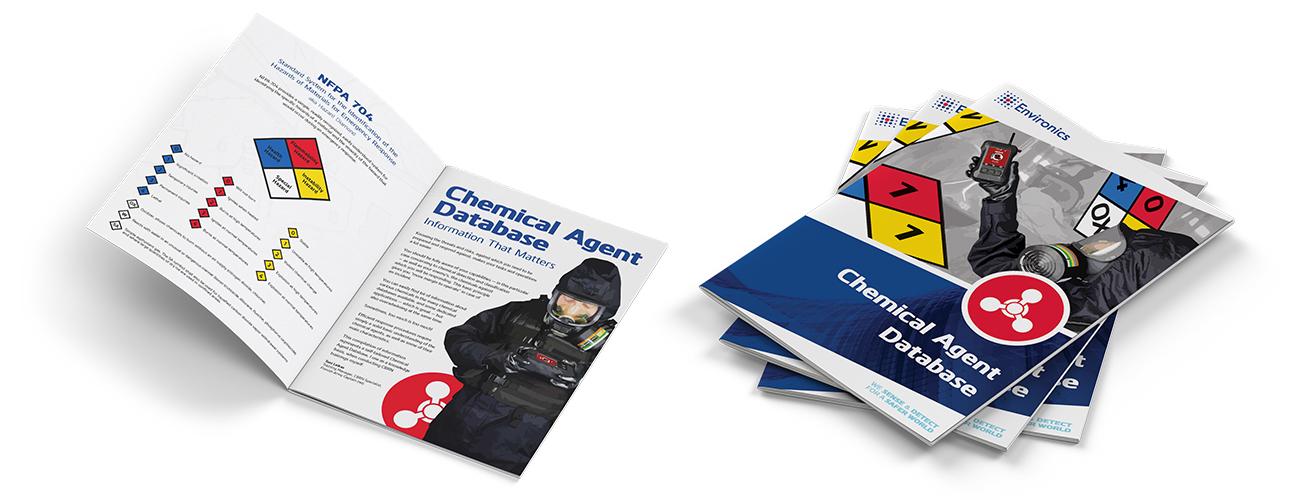Too Toxic for Pesticide… but with “Astounding” Properties

Historical background of tabun
Sarin was the second nerve gas classified as toxic poison, and it was discovered in 1938, by a group of German scientists, while they were attempting to create a pesticide stronger than Triton83. The new agent was named in honour of its discoverers: Schrader, Ambros, Gerhard Ritter, and von der Linde.
In 1939 the German army ordered the mass production of sarin for wartime use. This required the building of a new production facility, which wasn’t yet finished by the end of World War II. The estimation of Sarin production was of 10 tons for filling artillery ammunitions.
After the war, sarin was adopted as a standard NATO chemical weapon. Both cold war parties (NATO and Soviet Union) produced this highly toxic agent for military use.
Sarin has the darkest CWA history of use…
In March 1988, Iraq used it in Halabja against Kurdish population, killing approximately 5 000 civilians. In April 1989, Iraq used it four times against Iran. In Japan, religious sect Aum Shinrikyo used it twice in terrorist attacks against civilians: Nagano, 27th June 1994 (8 deaths and over 200 casualties) and Tokyo 20th March 1995, subway attack (12 deaths and over 6 200 casualties).
Sarin has been used several times in the Middle-East, back in early 00’s. Eg. in May 2004 U.S convoy attacked against Iraq rebels by their used sarin binary precursor chemicals.
Since 2013, sarin has been used in several times in chemical attacks in Syria. The OPCW issued its conclusion on the use of CWAs in the Syrian city Khan Shaykhun on April 4, 2017, where it finds evidences that sarin was used during the attack. In 6th July 2018, the Fact-Finding Mission (FFM) of the OPCW published their interim report stating that no organophosphorous (sarin) nerve agents or their degradation products were detected in the environmental samples or in the plasma samples taken from alleged casualties.
Due to the nature of nerve agents and sampling mission delays, it’s sometimes difficult to find residuals of chemical warfare agents.
Commercial use
Sarin has no use for peaceful purposes in commercial or industrial trades. Sarin precursor chemicals are used in fire retardants, insecticides, disinfectants, paint solvents, ceramics and in optical brighteners.
Symptomatology
Sarin is classified as a Nerve agent in military classification according its effects on humans. Sarin is a colourless to brownish liquid (depending on the purity level) in normal ambient temperature. This G-series nerve gas is odourless when pure or it can have a fruity odour when impure. Sarin has high vapour pressure, which is approximately twenty times higher than Tabun, so Sarin is a volatile VOC (Volatile Organic Compound) and non-persistent chemical warfare agent.
Sarin acts very quickly and affects mainly through inhalation. After exposure, symptoms may occur within seconds — if in vapour form — or within minutes to hours — if in liquid form. Even an extremely low dosage exposure can be fatal, and the immediate administration of an antidote is critical. Death may occur within 1 to 10 minutes after inhalation exposure to a minimum amount of sarin. As a nerve agent, Sarin interrupts the nervous system. Exposure symptoms are pinpoint pupils, runny nose, breathing difficulties, convulsions, sweating, nausea, vomiting, seizures, loss of consciousness, or even death
Response
Leave the area and evacuate the exposed people into fresh air. Even though the vapours will degrade fairly rapidly, the liquid can persist on surfaces up to 24 hours.
Remember that Sarin is heavier than air, and it would settle in lower levels or utility corridors inside the buildings.
For first responders’ protection level in an unknown situation is the highest level.
In a small spill or leak (less than 200 litres) the initial isolation distance in all directions is 60 meters and the protection distance during day is 400 metres, changing to 1,1 kilometres during night.
In a large spill/leak (more than 200 litres) the isolation area is 400 metres in all directions, and the protection distance during day is 2,1 kilometres, changing to 4,9 kilometres during night.
The following indicators are common to chemical attacks or presence of CWAs; dead animals, lack of insect life, mass casualties, define pattern of casualties, casualty patterns differentiated by indoor and outdoor location, unusual liquid droplets, areas that looks different in appearance, unexpected odours, low lying clouds and unusual metal debris.
All indications — smells, people’s symptoms — are clues to be taken into account with detection equipment, providing data to classify and identify the chemical, and to start response actions and first aid measures. Sarin can react violently with strong oxidizers and may decompose when in contact with metals, evolving into flammable hydrogen gas. Sarin vapours can form explosive mixtures with air.
Did you know that… females appear to be more susceptible to nerve agent effects than men?
Would you like to know more?

Get your own issue of the “Chemical Agent Database – Information
That Matters” and gain access to extra content!

Leave a Reply